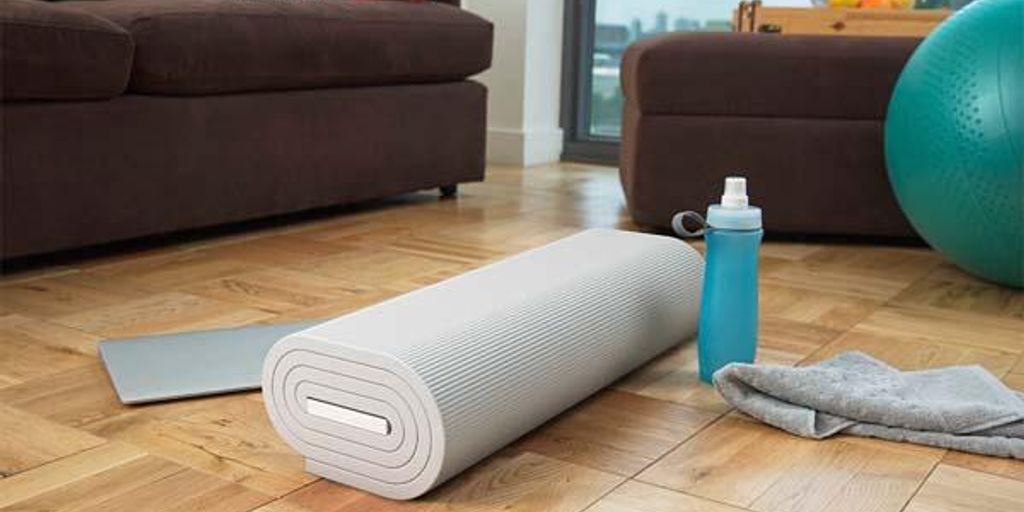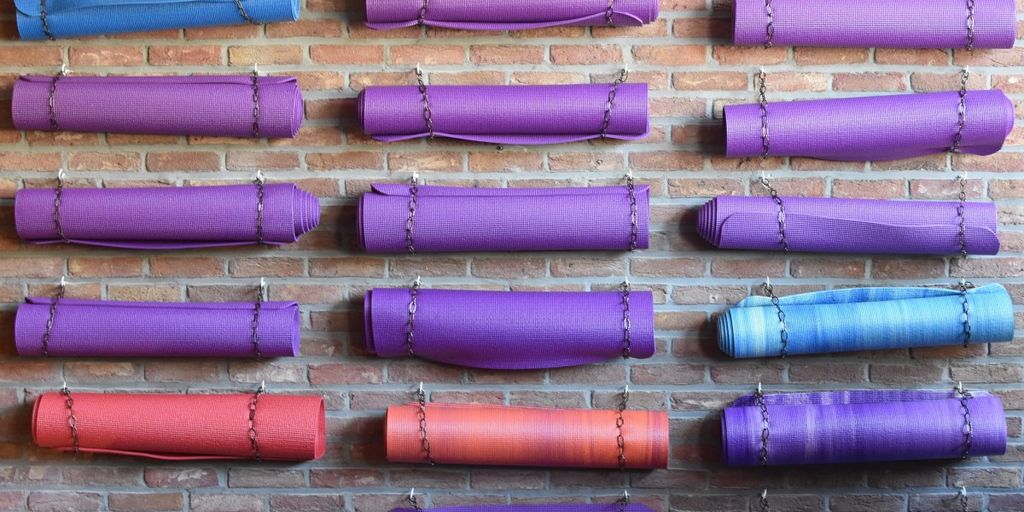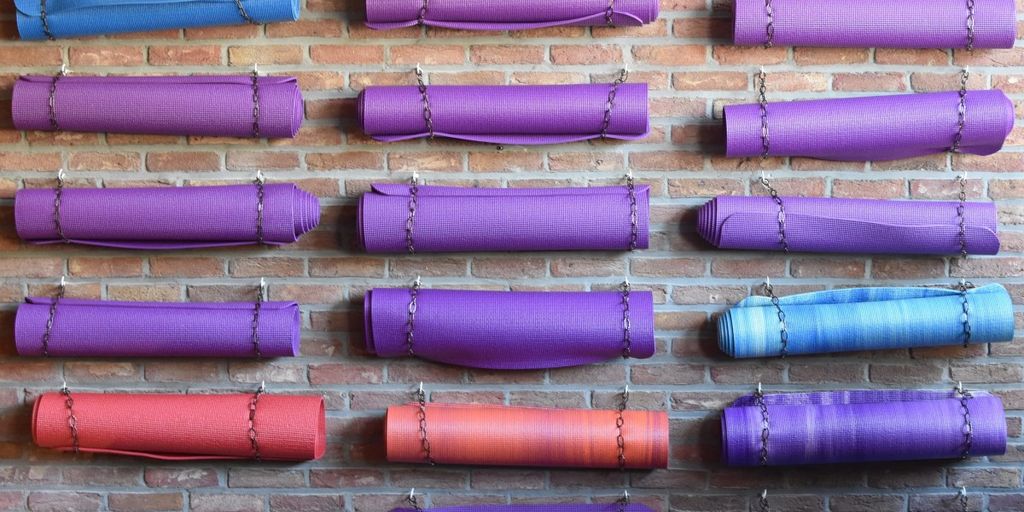
How to Create Your Own DIY Yoga Mat Cleaner at Home
Keeping your yoga mat clean is essential for maintaining hygiene and extending the life of your mat. While store-bought cleaners can be effective, they often contain harsh chemicals that may not be eco-friendly or skin-friendly. Creating your own DIY yoga mat cleaner at home is a cost-effective and natural alternative that allows you to customize the ingredients to suit your needs.
Key Takeaways
- DIY yoga mat cleaners are a natural and cost-effective alternative to store-bought options.
- Essential oils can be added for fragrance and additional cleaning properties.
- Proper storage and application techniques are crucial for the effectiveness of your DIY cleaner.
- Using sustainable ingredients and reusing containers makes DIY cleaners eco-friendly.
- Regular cleaning of your yoga mat helps maintain hygiene and extend its lifespan.
Why You Need a DIY Yoga Mat Cleaner
Importance of Cleaning Your Yoga Mat
Regularly cleaning your yoga mat is crucial for maintaining hygiene and extending its lifespan. Sweat, dirt, and oils can accumulate on the surface, creating a breeding ground for bacteria and unpleasant odors. A clean mat ensures a healthier practice environment.
Benefits of Using a DIY Cleaner
Creating your own yoga mat cleaner allows you to control the ingredients, ensuring they are safe and non-toxic. DIY cleaners are often more cost-effective and environmentally friendly compared to commercial products. Additionally, you can customize the scent and cleaning power to suit your preferences.
Common Ingredients in DIY Cleaners
Most DIY yoga mat cleaners use simple, natural ingredients that are effective and gentle on your mat. Common components include:
- White vinegar: A natural disinfectant that helps kill bacteria.
- Baking soda: Excellent for deodorizing and gentle scrubbing.
- Essential oils: Add fragrance and additional antibacterial properties.
- Water: The base for diluting other ingredients.
Using natural ingredients not only protects your mat but also reduces your exposure to harsh chemicals.
Essential Ingredients for a DIY Yoga Mat Cleaner
Natural Cleaning Agents
Natural cleaning agents are the backbone of any effective DIY yoga mat cleaner. White vinegar and baking soda are popular choices due to their excellent cleaning properties. White vinegar acts as a disinfectant, while baking soda helps to remove grime and odors.
Essential Oils for Fragrance
Adding essential oils not only imparts a pleasant scent but also provides additional antibacterial benefits. Tea tree oil and lavender oil are commonly used for their antimicrobial properties and soothing aromas. Just a few drops can make a significant difference.
Optional Additives for Extra Cleaning Power
For those looking to enhance their cleaner, optional additives like witch hazel or hydrogen peroxide can be included. These ingredients offer extra disinfecting power and help in breaking down stubborn stains. However, use them sparingly to avoid damaging your mat.
Combining these ingredients thoughtfully can result in a highly effective, eco-friendly yoga mat cleaner that keeps your mat fresh and clean.
Step-by-Step Guide to Making Your DIY Yoga Mat Cleaner
Creating your own yoga mat cleaner at home is a simple and rewarding process. Follow these steps to ensure your mat stays fresh and clean.
Gathering Your Materials
First, you'll need to gather all the necessary materials. For a quick clean, use a common organic cleaning solution made of equal parts water and white vinegar with a splash of tea tree oil. This mixture has natural antibacterial properties.
Mixing the Ingredients
Once you have your materials, mix them in a spray bottle. Here's a basic recipe:
- 1 cup of water
- 1 cup of white vinegar
- 10 drops of tea tree oil
Shake well to combine all the ingredients thoroughly.
Proper Storage Tips
Store your DIY yoga mat cleaner in a cool, dark place to maintain its effectiveness. Make sure the bottle is tightly sealed to prevent any leaks or spills.
Regularly cleaning your yoga mat not only extends its lifespan but also ensures a hygienic practice environment.
How to Use Your DIY Yoga Mat Cleaner Effectively
Application Techniques
To apply your DIY yoga mat cleaner, spray a light mist evenly across the surface of your mat. Use a clean cloth to gently wipe down the mat, ensuring you cover all areas. Avoid soaking the mat as excessive moisture can damage it.
Drying Your Yoga Mat
After cleaning, allow your yoga mat to air dry completely before rolling it up or using it again. Hanging it over a shower rod or laying it flat in a well-ventilated area works best. Proper drying prevents mold and mildew growth.
Frequency of Cleaning
For optimal hygiene, clean your yoga mat after every use. If that's not feasible, aim for at least once a week. Regular cleaning maintains the mat's condition and extends its lifespan.
Safety Tips for Using DIY Yoga Mat Cleaners
Avoiding Allergic Reactions
When creating your own yoga mat cleaner, it's crucial to be aware of any potential allergens. Test a small area of your mat first to ensure you don't have a reaction to the ingredients. This step is essential to avoid any skin irritations or allergic reactions.
Proper Ventilation
Always use your DIY cleaner in a well-ventilated area. This helps to disperse any strong scents from essential oils and ensures you are not inhaling concentrated vapors. Proper ventilation is key to maintaining a safe and pleasant cleaning experience.
Safe Storage Practices
Store your DIY yoga mat cleaner in a cool, dark place to maintain its effectiveness. Use a clearly labeled spray bottle to avoid any mix-ups. Keeping your cleaner out of reach of children and pets is also important for safety.
Remember, a clean yoga mat not only enhances your practice but also helps to cleanse your mind and body. Following these safety tips ensures a hygienic and enjoyable yoga experience.
Eco-Friendly Benefits of DIY Yoga Mat Cleaners
Reducing Chemical Waste
Creating your own yoga mat cleaner at home helps in reducing chemical waste. Commercial cleaners often contain harsh chemicals that can be harmful to the environment. By using natural ingredients, you minimize the release of these substances into the ecosystem.
Using Sustainable Ingredients
DIY yoga mat cleaners typically use sustainable ingredients like vinegar, baking soda, and essential oils. These ingredients are not only effective but also environmentally friendly. They break down easily and do not contribute to pollution.
Reusing and Recycling Containers
One of the significant eco-friendly benefits is the ability to reuse and recycle containers. Instead of buying new plastic bottles every time, you can repurpose old spray bottles, reducing plastic waste. This practice aligns with a more sustainable lifestyle and helps keep your yoga mat in great shape for your practice.
Making your own yoga mat cleaner is a small but impactful step towards a more sustainable and eco-friendly lifestyle.
Troubleshooting Common Issues with DIY Yoga Mat Cleaners
Dealing with Residue
If you notice a sticky or slippery residue on your yoga mat after cleaning, it might be due to an imbalance in the ingredients. Ensure you follow the recipe proportions accurately to avoid this issue. Rinsing the mat with water and allowing it to air dry can also help remove any leftover cleaner.
Addressing Unpleasant Odors
Sometimes, DIY cleaners can leave behind an unwanted smell. This can be due to the essential oils or other ingredients used. To combat this, consider adding a few drops of a pleasant-smelling essential oil like lavender or eucalyptus. Additionally, make sure your mat is completely dry before rolling it up to prevent any musty odors.
Ensuring Long-Lasting Freshness
To keep your yoga mat fresh for longer, store it in a cool, dry place. Regular cleaning and proper storage can significantly extend the life of your mat. If you notice any persistent issues, it might be time to revisit your cleaning solution and make adjustments as needed.
Regular maintenance and knowing how to clean a yoga mat helps you disinfect your practice space and kill harmful bacteria and microbes. Here's what experts say: consistency is key to a long-lasting, fresh yoga mat.
If you're facing challenges with your DIY yoga mat cleaner, don't worry! Our comprehensive guide on troubleshooting common issues can help you get back on track. For more tips and high-quality yoga products, visit our website and explore our wide range of offerings.
Conclusion
Creating your own DIY yoga mat cleaner at home is not only cost-effective but also allows you to control the ingredients, ensuring a safe and eco-friendly solution. By following the steps outlined in this article, you can maintain a clean and hygienic yoga mat, enhancing your overall yoga experience. Remember, regular cleaning not only prolongs the life of your mat but also helps in preventing the buildup of bacteria and unpleasant odors. So, gather your ingredients and start making your personalized yoga mat cleaner today!
Frequently Asked Questions
How often should I clean my yoga mat?
It's recommended to clean your yoga mat after every practice if you sweat a lot, or at least once a week for regular maintenance.
Can I use vinegar in my DIY yoga mat cleaner?
Yes, vinegar is a common ingredient in DIY cleaners due to its natural disinfectant properties. However, make sure to dilute it properly to avoid any potential damage to your mat.
What essential oils are best for fragrance in a yoga mat cleaner?
Lavender, tea tree, and eucalyptus oils are popular choices due to their pleasant scents and antibacterial properties.
Is it safe to use DIY yoga mat cleaner on all types of mats?
Most DIY cleaners are safe for various types of mats, but it's always best to do a patch test first to ensure there are no adverse reactions.
How should I store my DIY yoga mat cleaner?
Store your DIY cleaner in a cool, dark place in a spray bottle. Make sure to label the bottle and keep it out of reach of children and pets.
What should I do if my DIY cleaner leaves a residue on my mat?
If residue occurs, try using less of the cleaner or wiping the mat with a damp cloth after cleaning. You can also adjust the ingredient ratios to find a mix that works best for your mat.


